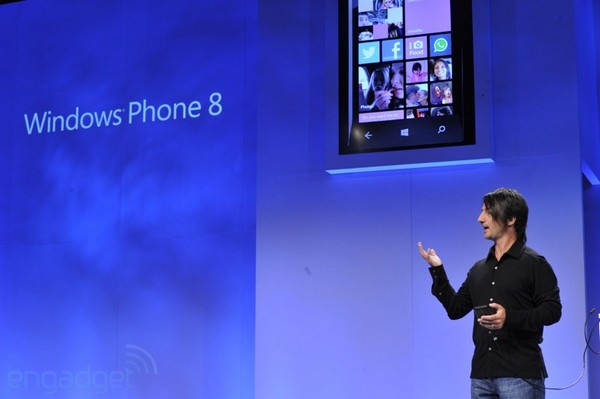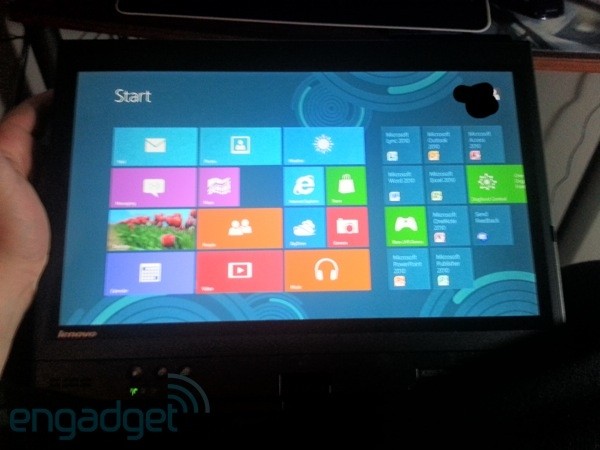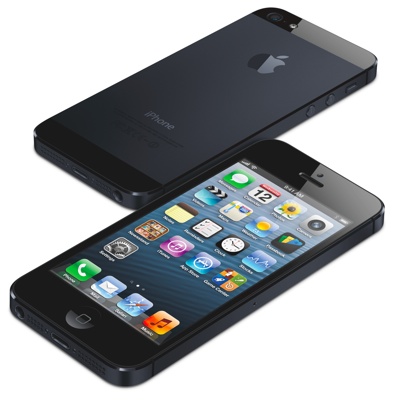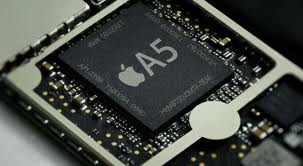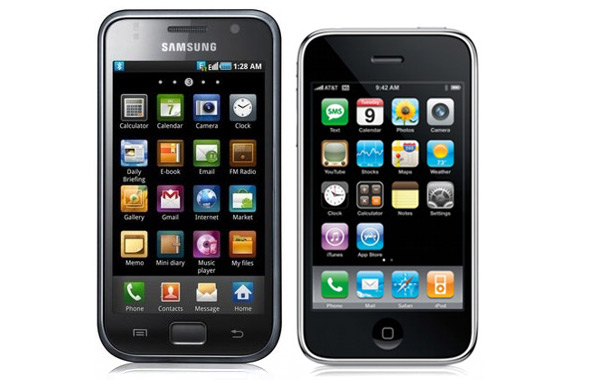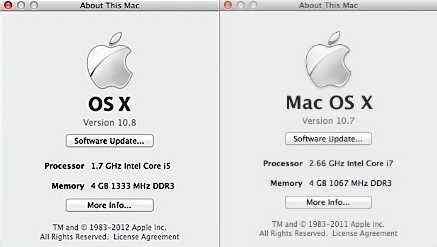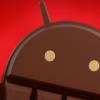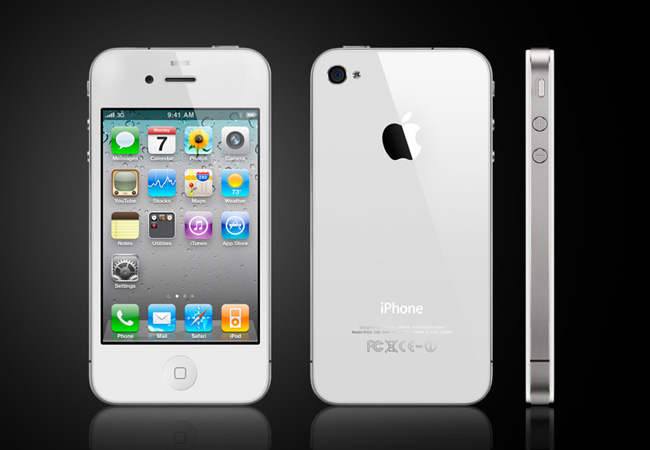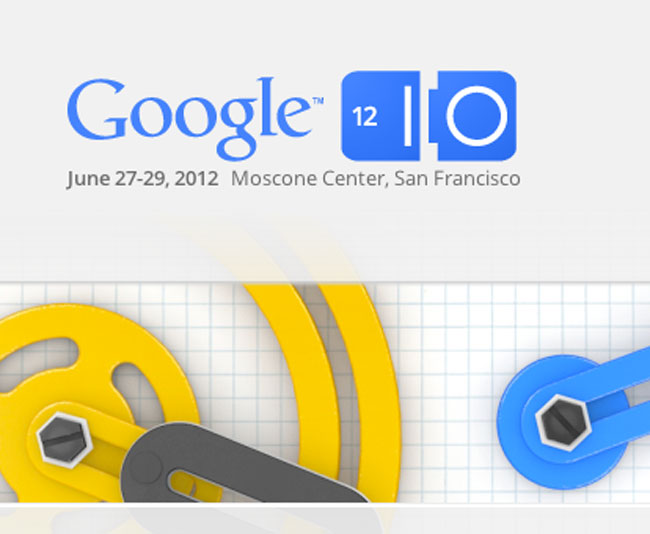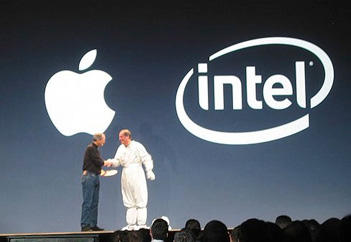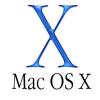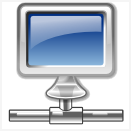
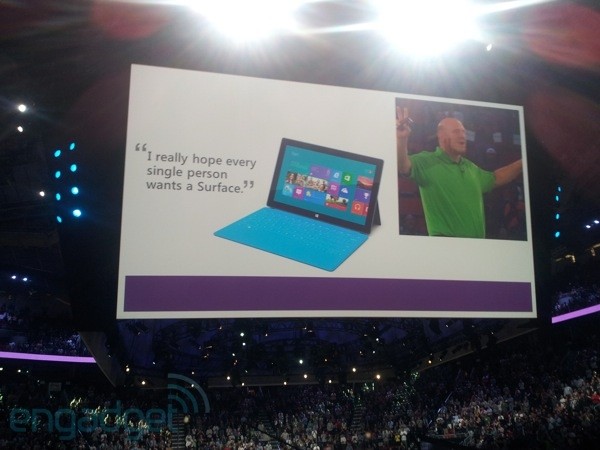
Reprising a Windows Phone 7 giveaway from back in 2010, Microsoft boss Steve Ballmer announced at the company's annual event that all 90,000 or so full-time employees are getting a taste of its latest hardware. That's one Surface for Windows RT tablet and Windows Phone 8 phone (last time around these came with two year contracts)
in late December, along with a new touch compatible office computer running Windows 8, presumably arriving sooner. Forbes indicates those PCs can be a desktop, laptop, ultrabook or tablet, and engadget.com has a pic of one employee's new Lenovo-built slate running Windows 8 on a Core i7 CPU with 8GB of RAM. Pulling an Oprah, again, isn't just one way to improve employee morale, it also ensures everyone's familiar with the new products as they roll out and are ready to tell people about them.
Will that provide the necessary bump to catch up with the competition from Apple and Google? Comment below!
- Read more...
- 10 comments
- 13,029 views

